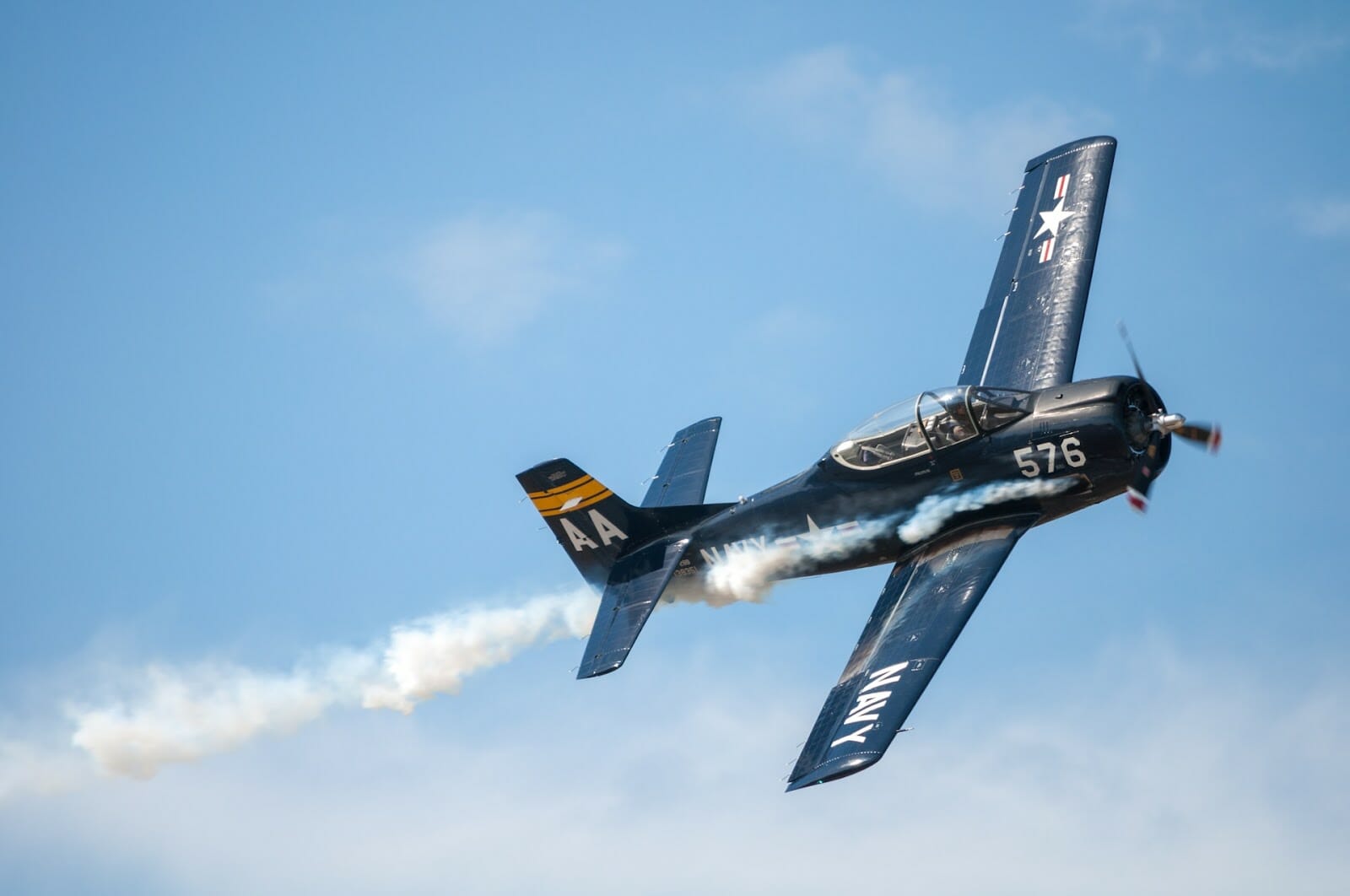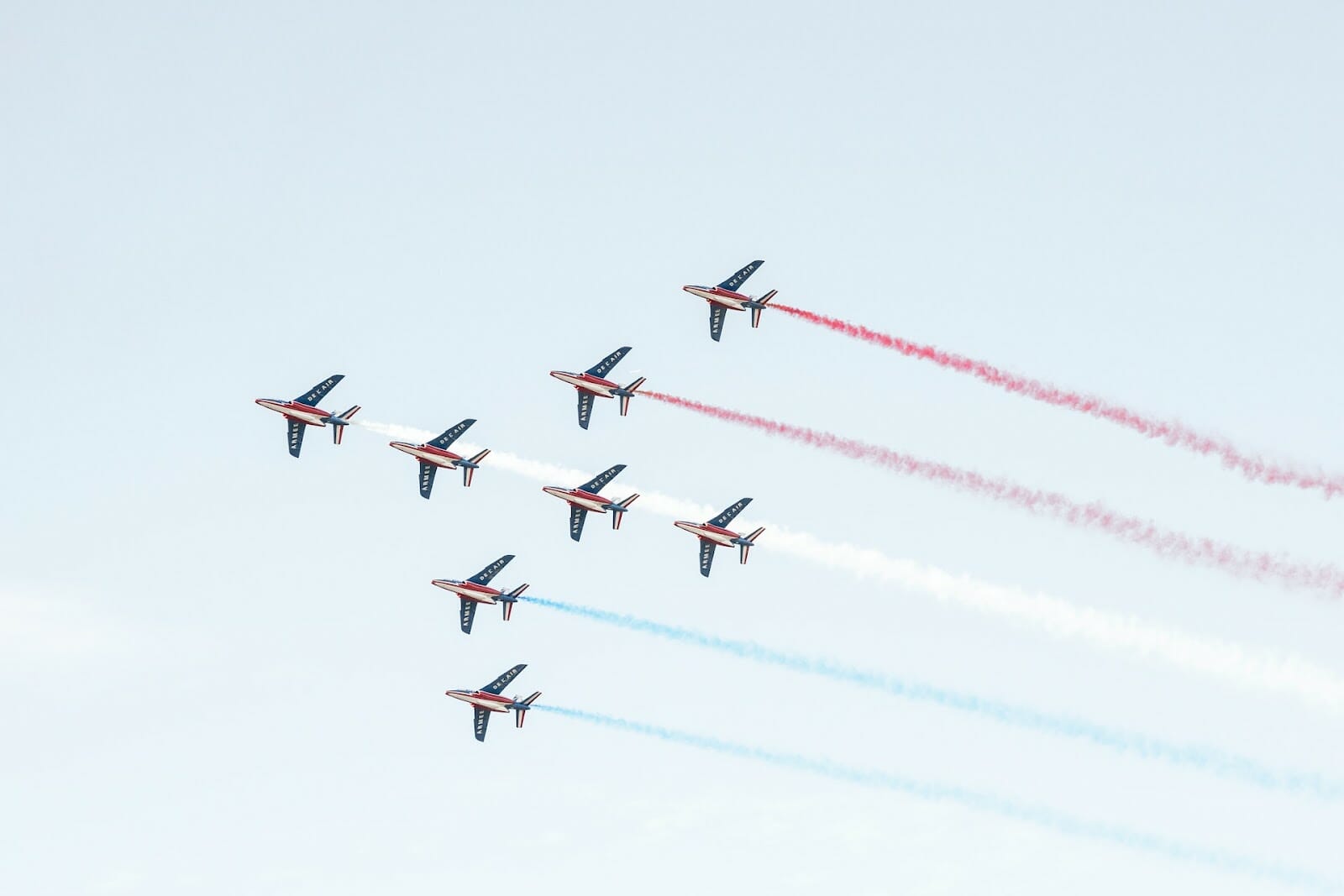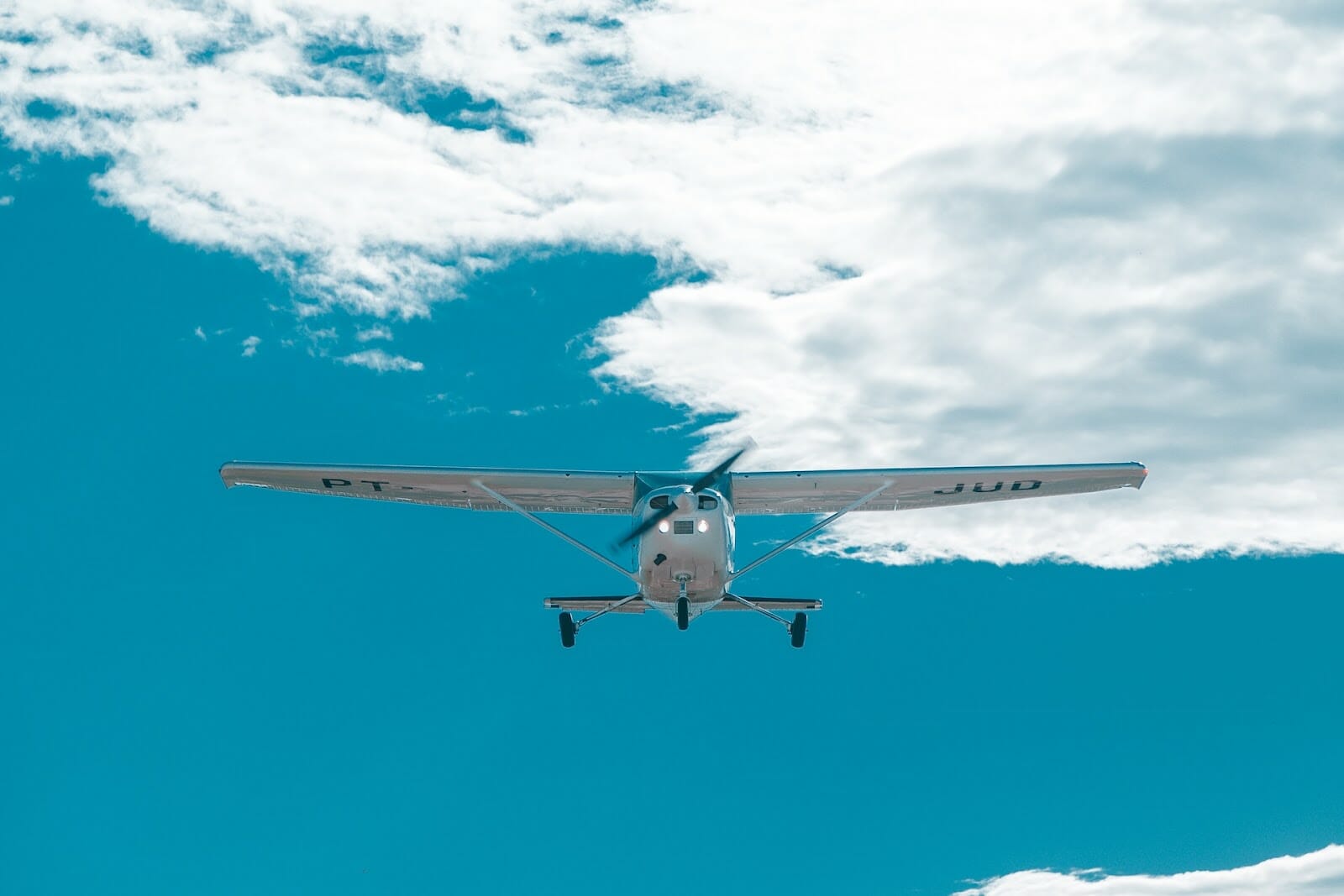Are you wondering if the Pixel 3 is worth the upgrade from your beloved Pixel 2? Whether it’s worth it to spend your money and switch over?
We’ll help you explore the differences between the two phones, so you can make an informed decision. You deserve to get the most out of your device, so let’s get started!
Pixel 3 small planes backgrounds
Pixel 3 comes with access to Google Photos’ assortment of breathtaking, high-quality aerial images. These beautiful, small plane backgrounds provide the perfect backdrop for whatever content you’re viewing. Clear blue skies and endless waterscapes are great for relaxing, while breathtaking landscapes make for excellent travel photography. However, users of Pixel 2 were not able to use these backgrounds because it did not have access to the same library as Pixel 3 has. As a result, anyone looking for an upgrade should consider this as one of the many benefits that Pixel 3 offers.
Pixel 3 also has a suite of enhanced camera features. Its 8MP wide-angle selfie camera gives you more flexibility when it comes to taking pictures from difficult angles or from wide distances, as well as features like a “portrait mode” and time lapse video capabilities. You also have an improved 12MP dual-pixel rear camera that travels with OIS (optical image stabilization) and Auto Focus technology — meaning blurry, shaky shots will be long gone! These additional features paired together with those already existing on Pixel 2 make it a great upgrade choice in terms of specs alone.

Pixel 3 small planes background
The Pixel 3 is Google’s latest flagship smartphone, and it looks to improve upon the beloved Pixel 2 with a number of key upgrades. For starters, the device boasts a larger display — 5.5-inches — as well as improved battery life and cameras.
In addition, the Pixel 3 has improvements to processors and RAM that make it faster and more capable than ever before.
As far as its camera is concerned, the Pixel 3 boasts an impressive dual-rear camera array featuring 12MP + 8MP lenses with PDAF (phase detection auto focus). This allows for features like portrait images with bokeh effect, dual exposure control, photobooth mode for funny selfies, Playground augmented reality mode. The front-facing shooter has also been upgraded from an 8MP sensor to a 12MP shooter on Pixel 3 and includes features like Super Res Zoom which increase resolution when zoomed in on your subject for sharper details.
The new Pixel also ups its performance thanks to a Snapdragon 845 processor paired with 4GB RAM and 64GB or 128GB of storage options – so you won’t have any issues running high-end games or apps smoothly.
Other upgrades include wireless charging capability via its USB Type C port, stereo front-facing speakers that are 50% louder than before and IP67 dust/water resistance rating which makes it dustproof and water resistant up to 1 meter deep for 30 minutes.
Pixel 3 small planes wallpapers
When upgrading to a newer device, such as the Google Pixel 3 from the Pixel 2, users should pay particular attention to their wallpapers, as the resolution and aspect ratios of the displays are different. The Pixel 3 has a 5.5” and 18:9 display with a resolution of 1080 x 2220 pixels. On the other hand, the Pixel 2 features a 5″ 16:9 display with a 1080 x 1920 pixel resolution.
With these differences in mind, it is important for users to select suitable wallpaper images for each device or risk having part or all of their image cropped out on one side or another as it isn’t supported by either device’s aspect ratio. Free online sites such as Wallpaper Craft provide collections of small planes wallpaper downloads suitable for both devices. Additionally, online resellers and marketplaces like Etsy sell stylized images that can look visually appealing on both devices due to their unique resolutions.

Pixel 3 small planes wallpaper
The Pixel 3 has a feature that can make your home screen feel even more elegant and modern. With its live wallpaper feature, you can choose from a variety of small planes and other images to place on your home screen. Pixel 2 doesn’t offer this kind of wallpaper.
If the aesthetic appeal of finding the perfect wallpaper for your phone is important to you, then the Pixel 3 upgrade may be worth it for this one feature alone. Beyond just looking good on your display, these wallpapers are also interactive; they come with supporting animations that react to your phone’s movements as well as certain buttons being pressed.
Pixel 3 small planes image
The Pixel 3 and Pixel 2 are two of the latest phones from Google’s flagship Pixel line. Even though the Pixel 3 offers some substantial improvements over its predecessor, it’s important to first understand the differences between the two devices so you can decide whether or not it’s worth upgrading. Below, we take a look at how the Pixel 3 and Pixel 2 compare in terms of design, display, processor power, camera tech, battery life and more.
Design: The most notable difference between these two phones is in their size and weight. The greater the screen size of a phone, the bigger and heavier it gets — but this isn’t necessarily always a bad thing. The Pixel 3 features an aluminum frame with Corning Gorilla Glass 5 protection on both sides for extra durability. Its dimensions are 145.6 x 68.2 x 7.9 mm (5.73 x 2.69 x 0.31 in) with a weight of 148 g (5.22 oz). The Pixel 2 features an all-glass front design with aluminum ends , dimensions of 145.7 x 69 .7 x 7 .8 mm (5 . 74 x 2 . 74 x 0 . 31 in) and weighs 143 g ( 5 . 04 oz ).
Display: Both phones come with Full-HD OLED displays at resolutions of 1920×1080 pixels with pixel density at 443 ppi; however, the Pixel 3 has an upgraded Always – On display giving users quick access to important information such as notifications or time without having to wake up the device completely which helps conserve battery life in everyday use.
Processor Power: The key change here is that while they may both have 4GB RAM , they’re different processors altogether — Qualcomm Snapdragon 835 on thePixel2andQualcommSnapdragon 845on thepixel3 . This means that you’ll get better performance all around thanks to greater CPU speeds and GPU capabilities for playing games or watching movies than what can be achieved by its predecessor, with benefits like quicker loading times for apps or faster file transfers via Bluetooth connectivity being just some of them mentioned herewithout going into too much detail about other technical specs found under-the-hood as they will likely vary dependingon regionand carrier network connection anyways …
Camera Tech: Both phones come equipped with 12 megapixel rear cameras with dual LED flash; however ,the new front – facing cameras have been significantly upgraded from 8 mega pixels to 8 megapixels + 1 megapixel on each side plus ultra – wide angle lens on both front facing cameras found only on pixel3 allow users to switch between rear – and front – facing easily using gestures ..the pixel3 also supports 4K video recording at 30/60 fps which was previously only presentat 1080p on pixel2 …
Battery Life: Battery life is one aspect that remains largely unchanged between these two devices–you can expect up to 24 hours from either phone without needing to recharge during 1–2 days of regular usage – though if you were planning on heavily relying on music playback then you may find yourself needing an earlier recharge dueto higher power consumption when streaming music.

Pixel 3 small planes images
The Pixel 3 camera has a number of improvements over the Pixel 2. One of the main features is the addition of a dual pixel sensor. This is a combination of two sensors that can sense scenes with greater accuracy, allowing for better photos in low light conditions. Also, the Pixel 3 has f/1.8 lenses, compared to f/2 lens on the Pixel 2; this wider aperture lets more light enter the camera, producing brighter and crisper images. Additionally, Google included new Auto Focus and Stepping Motor technologies in their optical image stabilization that enhanced autofocus speed as well as prevented what Google calls “jank” (where an image appears to be jumpy because of movement).
Another big improvement was a feature called “Super Res Zoom.” With this technology, Google was able to create sharp zoomed-in images from just one photo instead of many typical digital zooms that are blurry or pixilated. They achieved this by combining 8 frames under “OCA mode(off-center ascending)” for better clarity — up to 2x magnification without sacrificing quality. This feature makes it easy to capture sharp shots from afar and allows you take advantage of small planes before them fly out of view.


